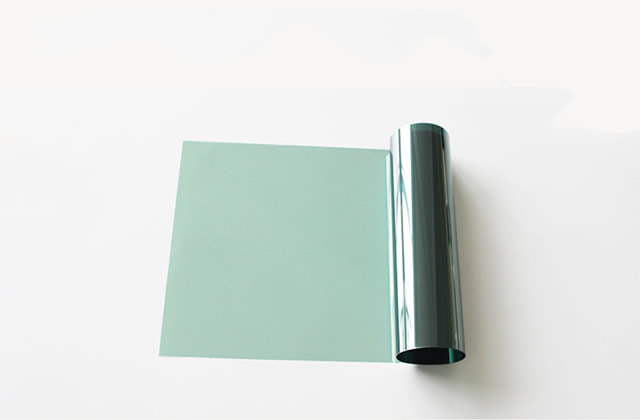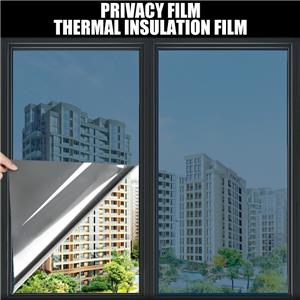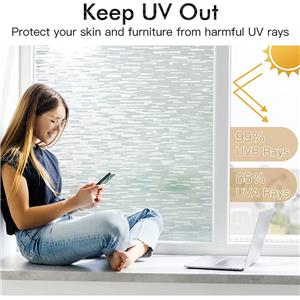What are the types of building window films?
1、 What is building window film?
Building film is a type of glass film that is usually applied to the surface of building glass to improve its performance. The material of building film is mainly a multi-layer PET plastic film, which is processed by dyeing, magnetron sputtering, lamination and other processes on multi-layer ultra-thin and high transparent polyester film. It is adhered to the surface of building glass and other materials through adhesive backing.
Building film, also known as building film, is applied because ordinary building glass cannot block light or insulate heat. Colored coated glass can block light but cannot insulate heat. Therefore, building film, as a new type of glass covering material, has emerged and is widely used in the fields of building energy conservation, building safety, and building decoration.

2、 What are the types of building window glass film?
Building membrane is a high-tech building material that can be used in different building fields. According to its function and application scope, it can be mainly divided into three categories:
1. Building energy-saving film
Mainly used in residential, office buildings, commercial buildings and other building doors and windows glass, curtain wall glass, can improve indoor environment through sunlight control, reduce cooling and heating energy consumption, and achieve energy-saving effects. In summer, building membranes can significantly reduce the cooling cost of air conditioning by blocking up to 79% of solar thermal energy; In winter, indoor heat is dissipated through windows, and building energy-saving films installed on the inner surface of ordinary glass can reduce heat loss by 30%, thereby achieving the effect of indoor warmth and energy conservation in winter. Building energy-saving membranes can be divided into two types:
(1) Heat reflective film: applied to the surface of building glass to allow some visible light and some near-infrared light to pass through the room, reflecting and absorbing some visible light and some near-infrared light. Therefore, it can allow enough light to enter the room and reflect most of the heat from solar energy back.
(2) Low radiation film: capable of transmitting a certain amount of shortwave solar radiation energy, allowing solar radiation heat to enter the room and be absorbed by indoor objects; At the same time, it can retain over 90% of the longwave infrared reflection emitted by indoor objects indoors. Low radiation film can fully utilize the solar radiation and long wave radiation energy of indoor objects, and is suitable for use in cold areas and heating buildings.
2. Building safety film
The building safety film is pasted on the glass, and when the glass breaks, the fragments are stuck by the building safety film, reducing splashing and falling. At the same time, the strength of the membrane allows the membrane and glass to jointly bear external forces, and in the event of glass breakage, it can independently bear a certain amount of external force for a period of time. The use of building safety film greatly improves the safety of glass.
3. Architectural decorative film
After using decorative film, buildings can be perfectly beautified, making the overall visual experience refreshed. It can also create building films with different appearances and styles according to user needs, making the interior more beautiful and elegant.
The above are the main three types of building membranes. When choosing building membranes, you can choose according to the type of building and actual needs.




